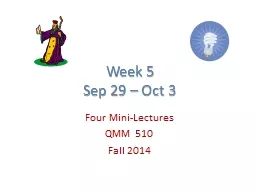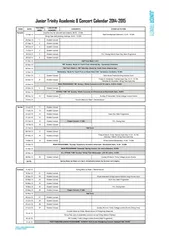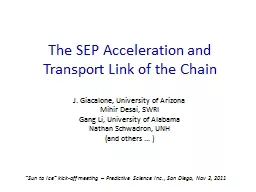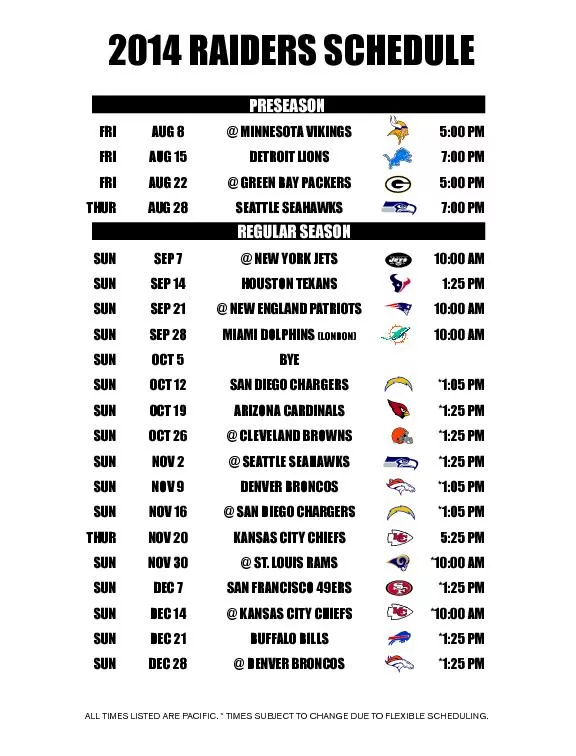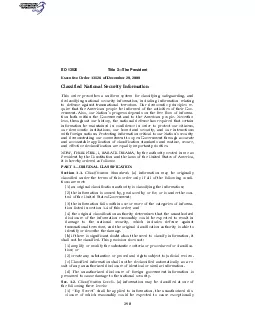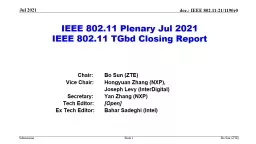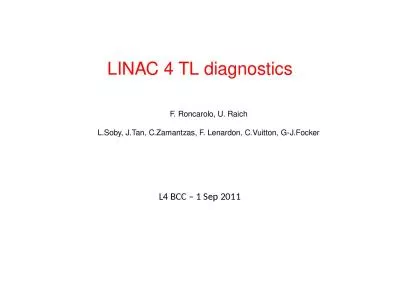PPT-Week 5 Sep 29 – Oct
Author : myesha-ticknor | Published Date : 2020-04-08
3 Four MiniLectures QMM 510 Fall 2014 7 2 Continuous Probability Distributions ML 51 Chapter Contents 71 Describing a Continuous Distribution 72 Uniform Continuous
Presentation Embed Code
Download Presentation
Download Presentation The PPT/PDF document " Week 5 Sep 29 – Oct " is the property of its rightful owner. Permission is granted to download and print the materials on this website for personal, non-commercial use only, and to display it on your personal computer provided you do not modify the materials and that you retain all copyright notices contained in the materials. By downloading content from our website, you accept the terms of this agreement.
Week 5 Sep 29 – Oct : Transcript
Download Rules Of Document
" Week 5 Sep 29 – Oct "The content belongs to its owner. You may download and print it for personal use, without modification, and keep all copyright notices. By downloading, you agree to these terms.
Related Documents

